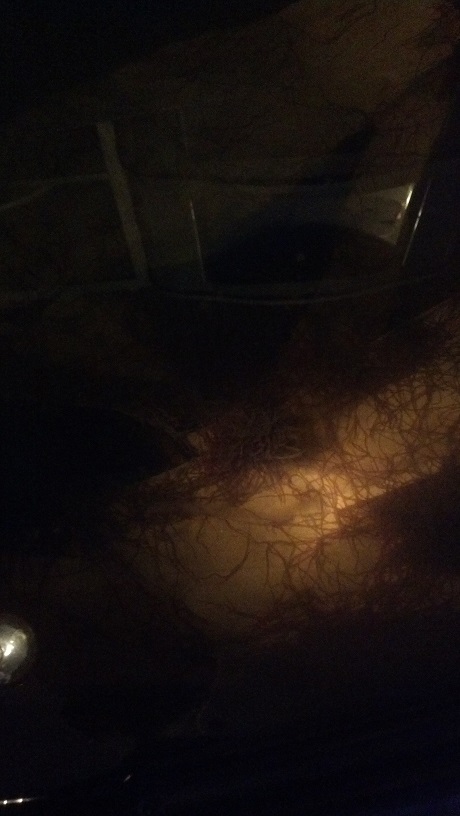Holy Squirming Hordes, Batman!
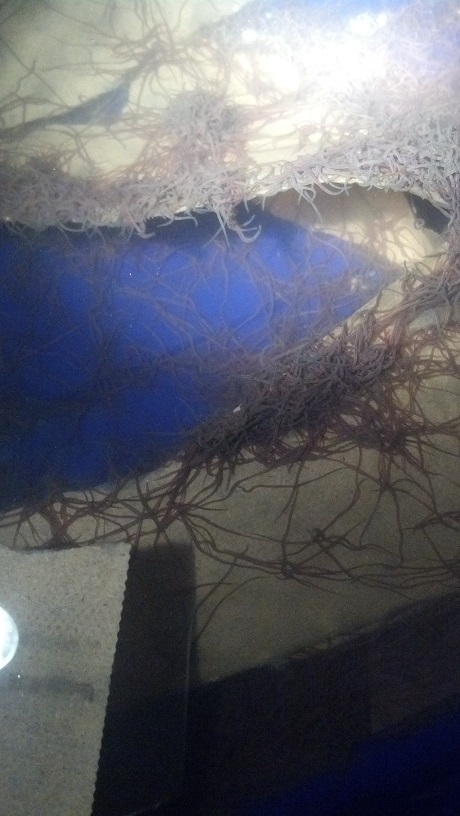
In a previous post I mentioned having to re-do some aquascaping to accommodate a new aquatic critter. These are not that critter, but these are necessary to feed the critter. They are…black worms!
Technically, they’re not black – they’re more of a reddish brown as you can see in the pic. They’re a good treat or food source for most carnivorous aquatic species. The tetra, danios and rasbora are very fond of these little buggers. They’re a fully aquatic worm so they won’t foul your tank if you accidentally overfeed. They’ll just happily burrow in the substrate where your fish will eventually find and eat them.
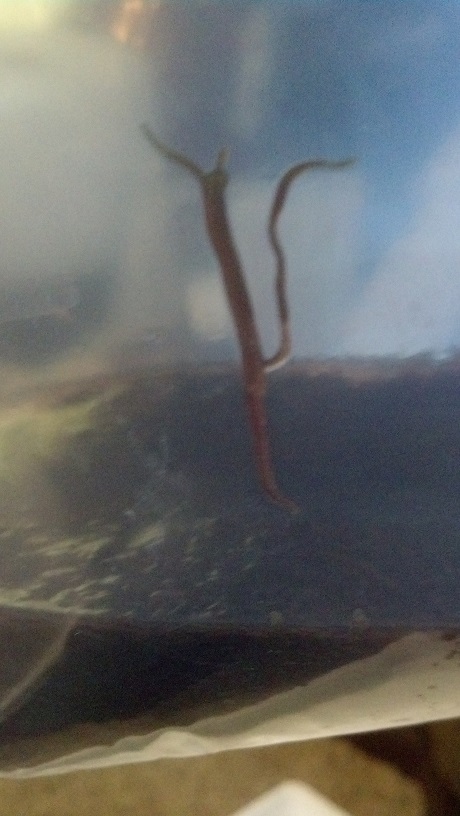
They’ll come in a bag like this one. I got a pound of them from Blue Fish Aquarium in Grandville MI. I think I’ve mentioned on more than one occasion, they rock! And are the only place that I’m 100% confident in buying aquatics from. Hence, 99% of my fish and critters come from their store.

If you just want to nab these at the aquarium to feed to fish, all you really need is a container that fits in your fridge. Clearly label it!!! Few fridge browsers would enjoy this sorta surprise! Then rinse them once a day. Feed them to fish until they’re gone.
But if you want a sustainable supply, then a suitable breeding area is needed. Since I live 1.5 hours from Blue Fish it was wiser for me to raise them than to constantly make that kind of trip for fish food.
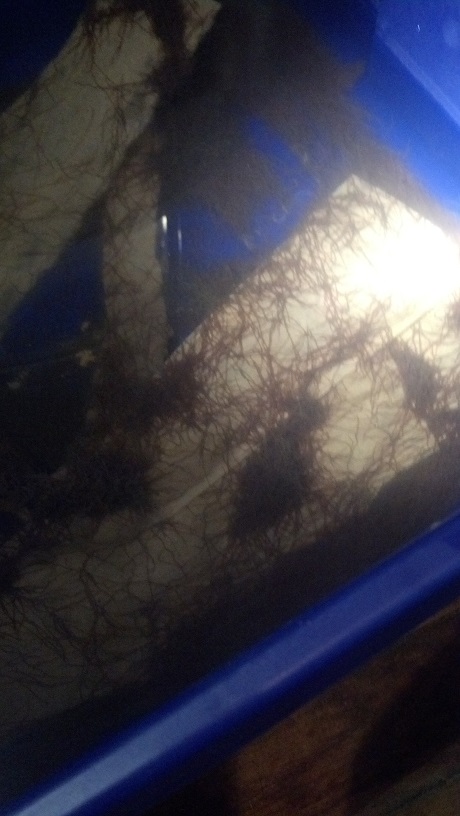
Because they’re fully aquatic, breeding them is pretty easy and straight forward. All you need are:
- 2 solid color containers (they’re not fond of light) – I used medium sized storage totes
- Air pump
- Air line
- 2 air stones
- Check valve(s)
- T junction (if necessary)
- Water
- A coolish place
- Brown paper bags
- Sinking fish pellets
They like cool water, so don’t use a heater. You also can opt for sponge filters instead of or paired with the air stones.
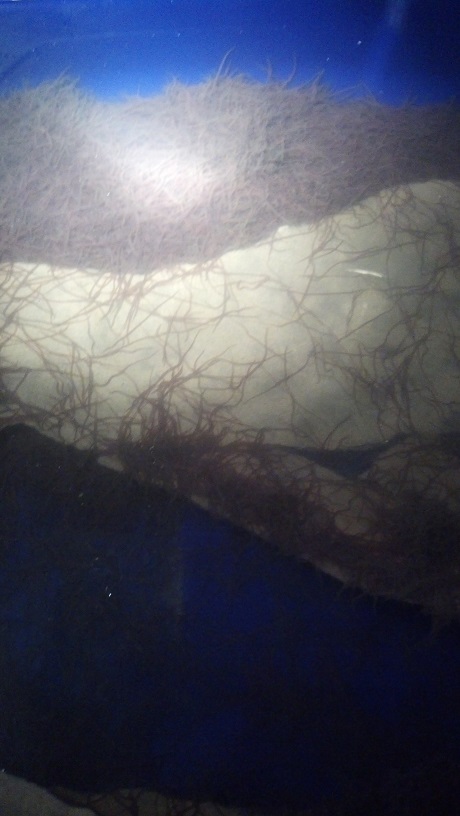
Directions:
Fill the containers with cool water suitable for your tanks. Fill them as high as you can without the water sloshing over. Then, place half the worms in each container. Tear up half a paper bag for each container and submerge the strips in the worm water.
Install the air hose onto the air pump, use the check valves! They’re little but important things. Install the stones and place one stone in each container. Set to a gentle air flow – these worms are delicate so too high of a flow can damage them.
Drill lots of air holes in the lid of the container to help with air flow and avoid stagnation. Secure the top and done!
Do partial water changes each week as you would with a tank.
Replace the paper strips as they degrade for the worms to eat. Worms also like a few sinking pellets tossed in now and then, but don’t over do it. Fouling their water, especially without a sponge filter, can cause your breeding colony to crash.
To feed these guys to your fish either:
Reach in and snag a few with your fingers, which I do to get a more accurate assessment of how much I’m taking. Plus, they’re squirmy and cool! And it freaks Lain and the kids out, which is also fun 🙂
or
Gently suck a few up with a turkey baster and rinse them well in a dedicated worm bowl before giving to the fish, because you don’t want a baster full of worm water in your tank every day.
